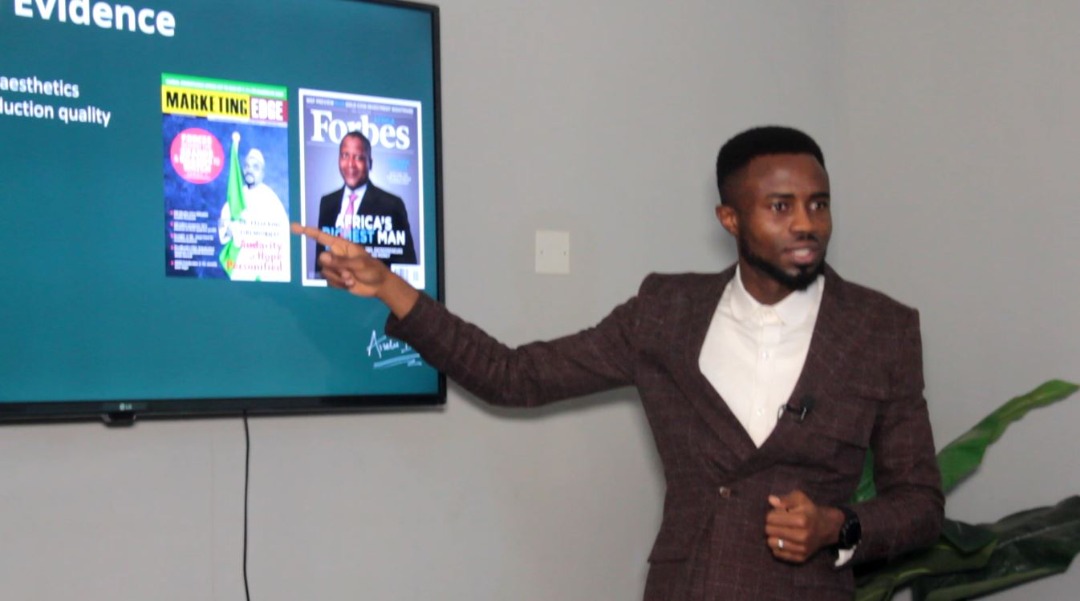The ability to work together without problems or conflict is more important than chemistry. Chemistry isn’t defined by words or actions. It’s a mutually recognisable feeling when two people share a special connection. More often than not, chemistry plays a big role in how agency executives reel in new business and renewals.
But 2020 has put chemistry to the test. A recent World Federation of Advertisers study found that 57 percent of advertisers had decreased budgets due to the coronavirus pandemic. And 23 percent of employees surveyed in Doodle’s “Growing Client Loyalty Remotely” study said they worry that virtual-only client meetings will result in fewer interactions with clients.
Chemistry alone isn’t good enough anymore. But as storyteller and podcaster Jay Shetty has said, chemistry is often confused with compatibility. He’s right. Compatibility, marked by common values and goals, a high level of comfort and the ability to work together without problems or conflict can be much more powerful as agencies look to solidify their relationships with clients during the pandemic.
Here are ways to create compatibility to win, engage and retain clients:
Get internal teams on the same page
This means streamlining your internal communication and meeting processes. Simplify every chance you get. And use productivity tools to keep everyone on the same page, avoid miscommunication and boost overall productivity. If internal teams aren’t clear on direction, it can leave your client second-guessing its decision to hire your agency.
Internal processes can directly affect client success and retention. If it takes two weeks to get a client kickoff meeting on the books, it could cause unnecessary delays in the launch of a campaign, which could negatively impact bottom-line growth.
What I find both interesting and strange is how un-digital most agencies actually are in their processes. For example, you’ll often see agency employees using email as the default communication method, despite the fact that internal messaging tools Slack and Microsoft Teams have more than 12 and 13 million users, respectively.
Further, there are still too many instances when virtual meeting invites are sent without a link to the videoconferencing tool. Minutes before a meeting is set to start, the client is trying to track down the link. This telegraphs a message of disorganisation and poor planning.
The number of compatibility tools in workplaces keeps growing. They can support communication and collaboration, document creation, project management, videoconferencing and note-taking, among many other functions.
Digital agencies, whose use of such tools is greater, should consider how they integrate with other software/apps that their teams need. Rather than having employees switch back and forth among 40+ browsers and apps, wouldn’t it be easier if they could perform multiple tasks with a single tool?
By using technology that integrates with other software/apps, agency employees will be able to reduce administrative work that’s eating into creative time. For clients, that means more creativity, innovation and trust.
Check in often and unselfishly
Don’t do this for self-serving purposes (i.e. “When is your budget freeze going to end?”). Instead, use check-ins to simply be a sounding board, an ear and an ally. It’s unselfish and shows your clients you have no ulterior motives.
Create a new presentation model
Show your willingness to go above and beyond to make the relationship work, no matter what. With virtual meetings being the norm, rethink how you present new ideas to clients.
Put as much creativity into online client meetings as into the work itself
Would it surprise you to hear that 19 percent of employees said that they’re winging it when it comes to presenting to clients in online meetings? Virtual client engagement isn’t just a temporary thing. It’s time for digital agencies to use collaboration tools to step up their virtual meeting presentation game. It could mean the difference between winning a new business pitch and losing the business to a competitor.
Credit: Adage






Comment
No comments found.